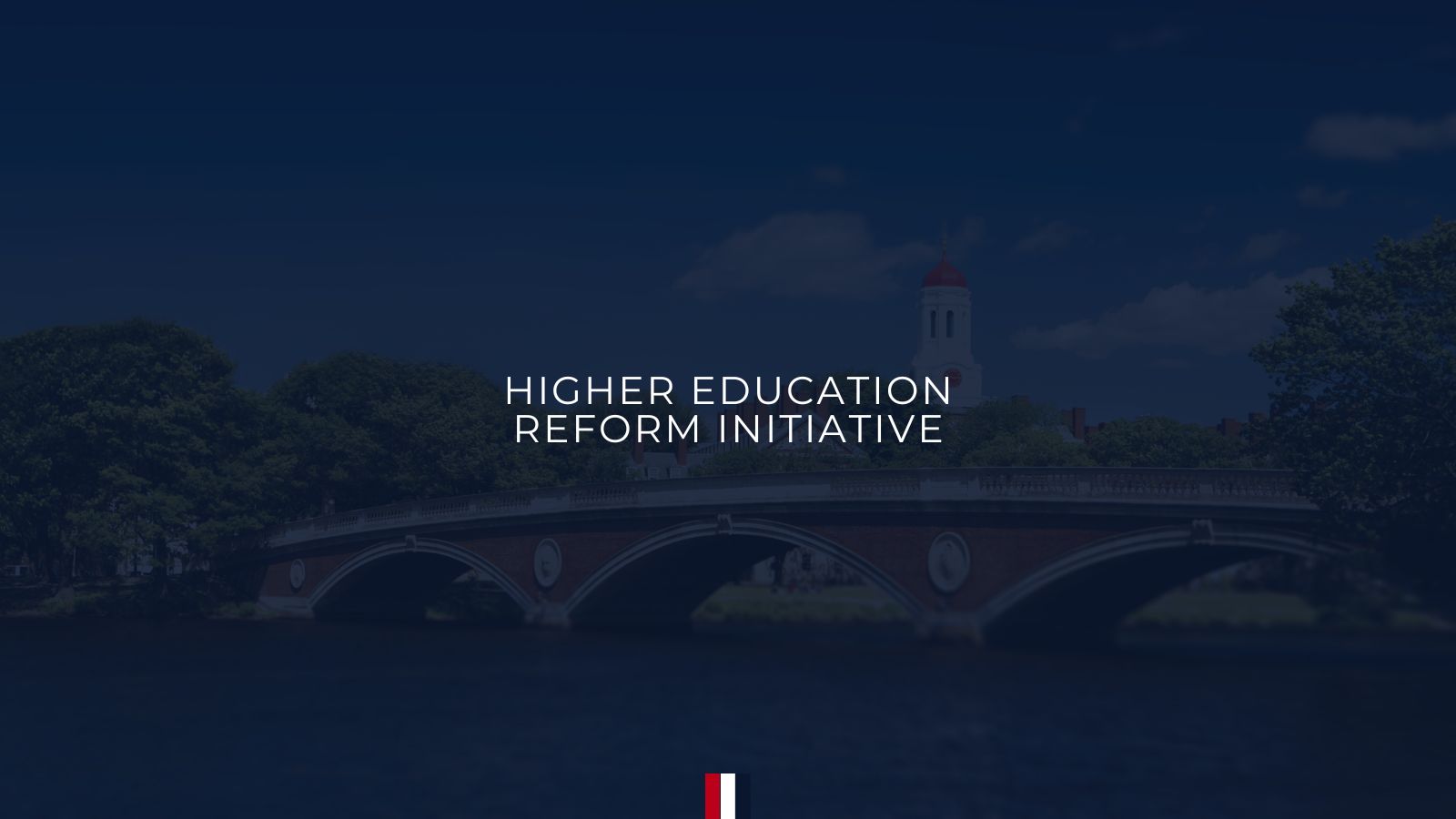Report on Higher Education Reform and Sustainable Development Goals
Introduction
Higher education in the United States has become a critical issue, particularly in relation to the escalating costs and the sustainability of funding. This report examines recent legislative efforts aimed at reforming higher education financing, with a focus on aligning these efforts with the United Nations Sustainable Development Goals (SDGs), especially SDG 4: Quality Education and SDG 10: Reduced Inequalities.
Current Challenges in Higher Education Funding
- American taxpayers are currently responsible for over $1.6 trillion in student loan debt.
- Only 38% of student loans are being repaid on time, indicating a significant financial strain on both borrowers and the federal government.
- The unchecked access to public funds by higher education institutions has contributed to rising costs and inefficiencies.
Legislative Reforms: The One Big Beautiful Bill
The One Big Beautiful Bill, supported by Speaker Mike Johnson and House leadership, introduces key reforms designed to address these challenges:
- Capping Government Student Loans: Implementing limits on the amount of federal student loans available to reduce excessive borrowing and debt accumulation.
- Institutional Risk Sharing: Requiring universities to share financial responsibility, encouraging them to align degree programs with workforce demands and improve educational outcomes.
Alignment with Sustainable Development Goals
- SDG 4 – Quality Education: These reforms aim to enhance the quality and relevance of higher education by promoting accountability and ensuring that degree programs meet labor market needs.
- SDG 10 – Reduced Inequalities: By controlling costs and improving loan repayment rates, the reforms seek to reduce economic disparities caused by student debt burdens.
- SDG 8 – Decent Work and Economic Growth: Aligning education with workforce requirements supports sustainable economic growth and employment opportunities.
Conclusion
The proposed reforms in the One Big Beautiful Bill represent a significant step toward sustainable higher education financing. By addressing the cost crisis and promoting institutional accountability, these measures contribute to achieving key Sustainable Development Goals related to education, inequality, and economic growth.
For further details, please refer to the original article published by Townhall: The Senate Must Act to Bring College Costs Under Control.

1. Sustainable Development Goals (SDGs) Addressed or Connected
- SDG 4: Quality Education
- The article discusses higher education reform, student loans, and alignment of degree offerings with workforce needs, directly relating to ensuring inclusive and equitable quality education and promoting lifelong learning opportunities.
- SDG 8: Decent Work and Economic Growth
- By emphasizing the need for universities to align degrees with workforce needs, the article connects to promoting sustained, inclusive economic growth, full and productive employment, and decent work for all.
- SDG 10: Reduced Inequalities
- The student loan debt crisis and access to education funding imply issues related to reducing inequalities within and among countries.
2. Specific Targets Under Those SDGs Identified
- SDG 4 Targets
- Target 4.3: Ensure equal access for all women and men to affordable and quality technical, vocational and tertiary education, including university.
- Target 4.4: Increase the number of youth and adults who have relevant skills, including technical and vocational skills, for employment, decent jobs, and entrepreneurship.
- SDG 8 Targets
- Target 8.6: Substantially reduce the proportion of youth not in employment, education or training.
- Target 8.5: Achieve full and productive employment and decent work for all women and men.
- SDG 10 Targets
- Target 10.2: Empower and promote the social, economic and political inclusion of all, irrespective of age, sex, disability, race, ethnicity, origin, religion or economic or other status.
3. Indicators Mentioned or Implied to Measure Progress
- Indicator related to SDG 4.3
- Proportion of youth and adults enrolled in tertiary education (implied by discussion of access and costs of higher education).
- Indicator related to SDG 4.4
- Percentage of graduates employed in jobs related to their field of study (implied by the call for universities to align degrees with workforce needs).
- Indicator related to SDG 8.6
- Proportion of youth not in employment, education or training (implied by concerns about student loan repayment and workforce alignment).
- Indicator related to SDG 10.2
- Measures of financial accessibility and equity in higher education funding (implied by the discussion of student loan debt burden and government caps on loans).
- Additional Indicators
- Percentage of student loans current and making payments (explicitly mentioned as 38% in the article).
- Total amount of outstanding student loan debt (explicitly mentioned as $1.6 trillion).
4. Table of SDGs, Targets, and Indicators
| SDGs | Targets | Indicators |
|---|---|---|
| SDG 4: Quality Education |
|
|
| SDG 8: Decent Work and Economic Growth |
|
|
| SDG 10: Reduced Inequalities |
|
|
Source: americafirstpolicy.com







